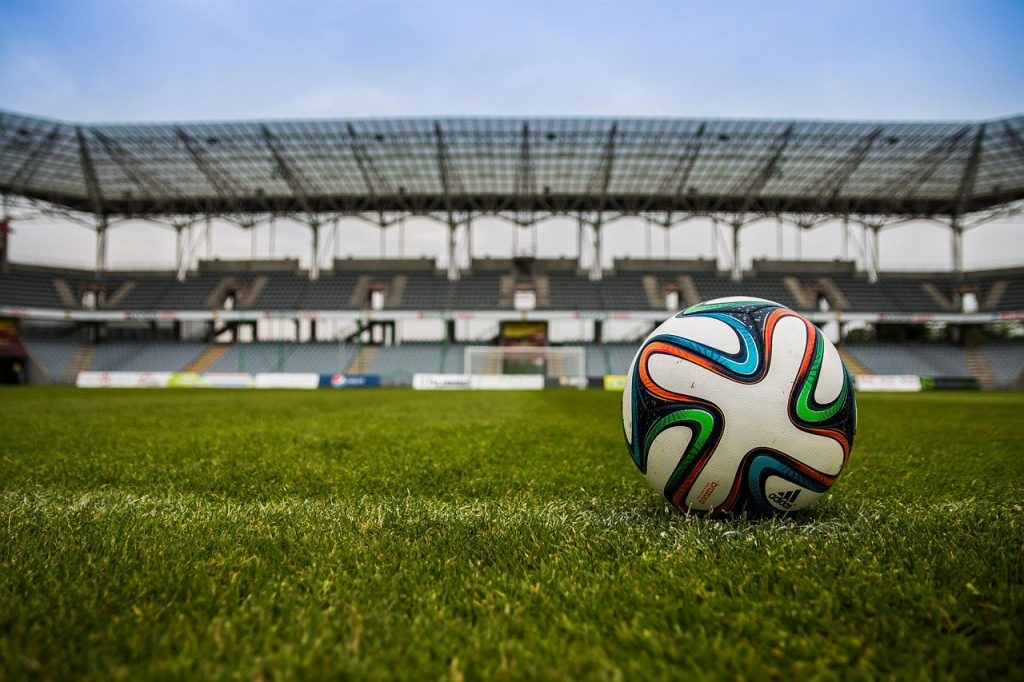As the country begins to open up after months of COVID-19 lockdowns, sports leagues are busy preparing for the return of their competitions, at least in one form or another. As with many aspects of life, sports in a post-COVID-19 world is unlikely to look the same as it did before.
Changes will likely range from how we can watch sports, to bigger changes such as how the leagues and governing bodies are structured. The NBA has been the target of calls for change recently, and they may very well use the break to reinvent themselves. The same may even be true for other sports. Here is a look at what sports may look like when they return.
Which sports are returning?
The answer to this is still up in the air for many sports leagues, and only time will tell when Baseball will be played again, for example. Other sports are tentatively planning to return, with the NBA announcing that seeding games will start in late July. The NFL, so far, has not postponed the start of its regular season on September 10.
This is good news for sports fans who will be able to watch their favorite sports again and won’t have to rely on online betting and a casino bonus checker for their sporting entertainment. That is to say, they should be able to watch the games on TV at least. Whether and when fans will be allowed into the stadium to watch live sports is another matter entirely, however.

Live audiences are still not certain
Sports were rapidly shut down as the COVID-19 pandemic unfolded because of the risk of transmission of the virus. As with other large events such as rock concerts and festivals, live sports mean huge crowds of people packed together in close proximity. Especially when this occurs in indoor spaces, disease experts tell us that this is a nightmare scenario for spreading the coronavirus. Until a vaccine available, which experts warn is mostly like a year or more in the future, a stadium full of fans is simply not safe.
For this reason, even as sports begin to return in one form or another, they are going to be played without live fans, at least at first. This is obviously not ideal for players or for fans. Fans cannot enjoy the game live and miss out on the stadium experience that is a huge part of many people’s passion for their favorite sport. For players, the lack of atmosphere will adversely affect players and may even damage their performance.
We have already seen a preview of this overseas: the German soccer league returned in May, playing matches to empty stadiums, but enjoyed by home TV viewers who were grateful for their sport to be returning at all. In South Korea, baseball games are being played to stadiums with stuffed toys in the stands to give some semblance of an audience. It may not be a replacement to being able to head out to a game, but at least fans can watch sports from the comfort (and safety) of their own home.
Other necessary measures
The risk of infecting fans is not the only one that leagues need to consider as they return. There are the risks to the players too. With games involving close physical contact, there is a very real risk of an infected player passing the virus on to not only their teammates but players on the other team too. These players could then infect the next team they play, and so on, until virtually the entire league is infected, possibly even the players show no symptoms. The NBA has already released a 100-page safety plan to manage these risks, including extensive testing and isolation measures.
Player health concerns, combined with a lack of live fans, could mean a complete rethinking of how games are played and organized. Clubs travelling around from city to city to play games may not make sense anymore: the MLB has already floated the idea of having hubs that would house all teams, while the NBA is set to be based out of Disney World.
Without live games, sports organizations will also need to work harder to keep fans engaged. Clubs, leagues and even individual athletes should be engaging with their fans on social media, and finding new ways to keep their fans interested and updated about latest developments.
Clubs and athletes may also see a shift in the way sponsorship works, and they will have to work closely with brands and sponsors to secure renewal of sponsorship deals. Otherwise, this could have significant financial implications and consequences for the future of sport, compounded by lost income from live ticket sales.
Whatever happens, one thing is for sure: your sports and your teams will need their fans’ support more than ever!
